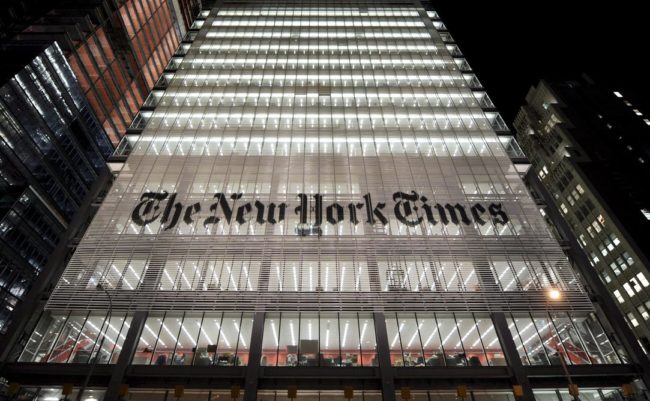
An Opportunity for the NY Times: Super-Premium Subscriptions
One of the keys to building a successful business is capturing value; you want to align your pricing with the value you provide to your customers. If you are giving customers something of great significance, you should price accordingly.
Savvy brand managers understand this. Starbucks executives know that some customers love the special, custom drinks and set a high price for these items. Other customers just want a cup of coffee, so they set a much lower price on drip coffee. Pharmaceutical companies charge a lot for patent protected drugs that provide enormous benefits to patients, and very little for generic drugs that have no significant differentiation.
The New York Times should capitalize on this concept and change how it approaches its pricing and offerings.
The Current Offerings
At the moment, the NY Times has two core subscription offerings – digital and print. A digital subscription costs roughly $15 a month, but with discounts you can bring the price down to just $4 a month. Print subscriptions are much more expensive, which makes sense, with a list price of about $80 per month, depending on where you live. Discounts cut the price to $40 per month.
The problem with this pricing strategy is that it ignores the fact that some people get enormous benefit from the New York Times. For these people, the price is far too low.
I would happily pay more for the New York Times. It is the first paper I reach for each morning (I get the NYT, FT, WSJ and Tribune). I now listen to The Daily, a wonderful podcast (if you aren’t listening to it, you should start!). I also believe the New York Times provides a valuable public service – an independent press is essential to maintain our democracy. The New York Times has been investing in its brand. I am happy to support the Times.
I suspect other people feel the same way.
The Opportunity
To capitalize on this opportunity, the NYT should introduce super-premium subscriptions, offering a suite of products available at a high price. The NYT could host special events, only available to super-premium subscribers. Perhaps the Times could provide public recognition to its biggest supporters, or offer unique photos, contact with journalists, or tours of the newsroom.
How much would people pay? I suspect a lot. $2,000 per year? $5,000 per year? More?
Now for many people, the idea of paying anything for news seems odd. For this group, it makes sense to have discounted offerings. I suspect only a few people would pay for a super-premium subscription. Still, if even 3% of the current 4 million subscribers upgraded to a plan costing an extra $3,000 per year, it would generate $360 million per year, with few incremental costs.
Media properties like the New York Times can no longer rely on advertising revenue. The old model doesn’t work. Subscription revenue has become the primary source of revenue for the Times and this will continue.
Figuring out how to strategically price and manage offerings is essential to thrive going forward. The NY Times – and other media brands – should be creative and capture value.
[…] of Marketing at Northwestern University’s Kellogg School of Management, recently published a blog post illustrating the point, using himself as an example of that raving […]